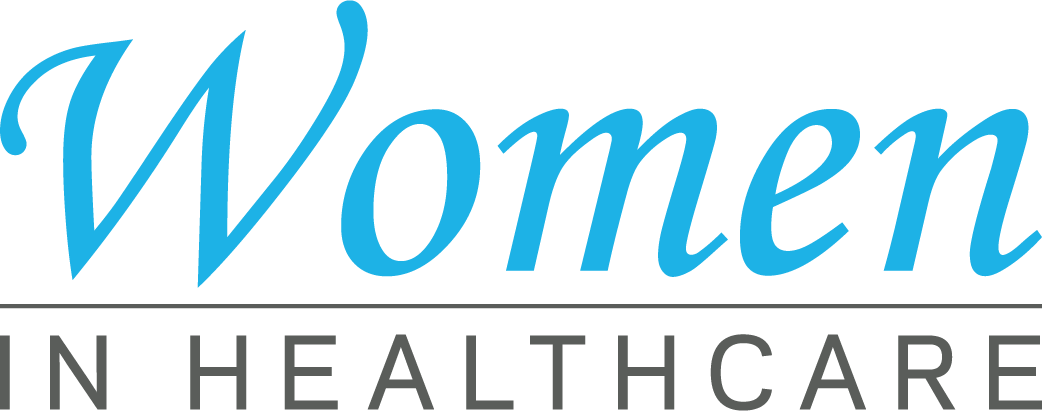Leading Healthcare RCM Strategies for Better Financial Performance
Leading Healthcare RCM Strategies for Better Financial Performance
Blog Article
A Comprehensive Overview on How Medical Care RCM Works to Improve Invoicing and Collections
Navigating the intricacies of healthcare revenue cycle administration (RCM) is vital for suppliers aiming to enhance their invoicing and collections procedures. The overview unloads the complexities of RCM, from person enrollment to accounts receivable administration, offering insights into optimizing each action.
Understanding Income Cycle Monitoring
Comprehending the complexities of Profits Cycle Management (RCM) is important for health care companies intending to optimize their financial performance. RCM is a vital management feature that encompasses the entire monetary procedure of person care, from the preliminary consultation setting to the last repayment of the balance. It is a complicated treatment developed to determine, accumulate, and handle the revenue from the services supplied to individuals. Effective RCM makes certain that doctor obtain prompt and accurate settlements, reducing the danger of profits loss and enhancing capital.
The RCM procedure begins when a patient schedules a consultation and prolongs via the patient's treatment journey, consisting of billing and collections. A key objective is to reduce the time in between receiving and providing a solution payment, thus improving the organization's economic health. RCM includes various functions such as client enrollment, insurance policy verification, fee capture, coding, declares entry, repayment posting, and dealing with denials and charms.
Trick Components of RCM
In the world of Income Cycle Management (RCM), recognizing its essential parts is basic to attaining financial effectiveness within health care organizations. RCM is a comprehensive process that includes various stages, each essential to ensuring reliable billing and collections. The main components include individual registration, insurance verification, fee capture, coding, claim submission, repayment posting, and accounts receivable administration.


As soon as coded, insurance claims are sent to payers, where precision is extremely important to stay clear of beings rejected or hold-ups - Healthcare RCM. Repayment publishing involves recording the received settlements, which enables the settlement of accounts. Lastly, accounts receivable administration concentrates on monitoring and resolving unsettled cases, making certain prompt follow-up and resolution
Each part of RCM is adjoined, and inefficiencies in any type of component can disrupt the whole cycle. For that reason, mastering these components is crucial for doctor to optimize earnings and improve their financial health.
Strategies for Effective Invoicing

Standardizing invoicing treatments throughout the company is another key technique. Establishing clear guidelines for documentation, coding, and entry assists preserve uniformity and conformity with regulative demands. Training staff regularly on these procedures ensures every person is current with the most recent adjustments in payment codes and payer plans.
Exact charge capture is crucial in avoiding profits leakage. Executing routine audits and surveillance systems enables the identification and adjustment of discrepancies prior to they influence revenue. Furthermore, keeping open lines of communication with payers aids to promptly solve any kind of disagreements or misconceptions that might develop.

Finally, interesting patients early in the payment process by providing clear estimates and instructional materials regarding their economic obligations can substantially minimize confusion and boost repayment timeliness. These approaches collectively add to a much more efficient and financially healthy and balanced invoicing system.
Enhancing Collections Procedures
A durable collections procedure is important for preserving monetary security within medical care organizations. Given the intricacies of medical billing and the variety of payer demands, enhancing the collections process includes implementing tactical steps that ensure timely and accurate repayment of services made. Central to this is using technology to automate and simplify processes, boosting and decreasing hands-on mistakes effectiveness. Automation tools can help in tracking claim conditions, sending out prompt pointers to patients, and managing denials extra properly.
Training personnel to comprehend the subtleties of insurance coverage and billing codes is just as important. This knowledge empowers them to attend to payment discrepancies quickly and interact effectively with clients regarding their monetary responsibilities. Additionally, clear and transparent client interactions are critical. Offering thorough descriptions of charges and offering flexible payment strategies can boost client satisfaction and timely repayments.
Regular audits of the collections process should be conducted to recognize locations for improvement and make certain conformity with regulations. By assessing information, healthcare companies can identify trends, anticipate prospective concerns, and adjust techniques appropriately (Healthcare RCM). Eventually, a well-enhanced collections process not only supports monetary wellness however likewise adds to a more seamless experience for individuals and personnel alike
Optimizing Income Streams
Structure upon the structure of a strong collections process, health care organizations can better bolster their economic security by purposefully maximizing earnings streams. This includes a multi-faceted technique, beginning with a detailed analysis of existing earnings resources to determine inadequacies and locations for growth. Using advanced data analytics devices allows organizations to get understandings into payer mix, person demographics, and service use patterns, permitting data-driven choices that improve income capture.
Applying automated payment systems can substantially minimize errors and accelerate claims refining, making certain that income is gathered extra effectively. Additionally, optimizing payer contracts through regular arrangements can enhance reimbursement rates and terms, directly affecting the lower line. Branching out solution offerings, such as integrating telehealth or health care, can likewise attract a broader person see base, therefore raising earnings possibility.
An additional essential part is boosting individual involvement and fulfillment, as completely satisfied people are most likely to follow therapy plans and make timely settlements. Supplying versatile payment choices and transparent billing methods can improve collections and foster individual loyalty. Healthcare RCM. By embracing these techniques, healthcare companies can develop a more resilient financial structure, ensuring their explanation sustained growth and stability in an ever-changing industry landscape
Conclusion
In verdict, health care Revenue Cycle Management (RCM) plays an essential role in maximizing payment and collections processes by incorporating vital parts such as patient enrollment, insurance confirmation, fee capture, coding, declares submission, and accounts receivable management. By using innovative innovation, systematizing treatments, and fostering patient engagement, doctor can dramatically reduce insurance claim rejections, increase settlement cycles, and improve cash money circulation. This extensive method to RCM inevitably results in boosted financial effectiveness and sustainability for health care companies.
The RCM process starts when a client routines an appointment and prolongs via the patient's treatment journey, consisting of invoicing and collections.One more important element is improving person interaction and fulfillment, as completely satisfied people are extra most likely to adhere to therapy strategies and make prompt payments. Offering adaptable repayment choices and transparent payment techniques can enhance collections and foster client commitment.In final thought, healthcare Income Cycle Administration (RCM) check my site plays an essential duty in maximizing billing and collections procedures by incorporating vital components such as client enrollment, insurance verification, fee capture, coding, asserts entry, and accounts receivable monitoring. By using sophisticated innovation, standardizing treatments, and fostering client involvement, healthcare service providers can considerably lower claim rejections, increase payment cycles, and enhance cash money flow.
Report this page